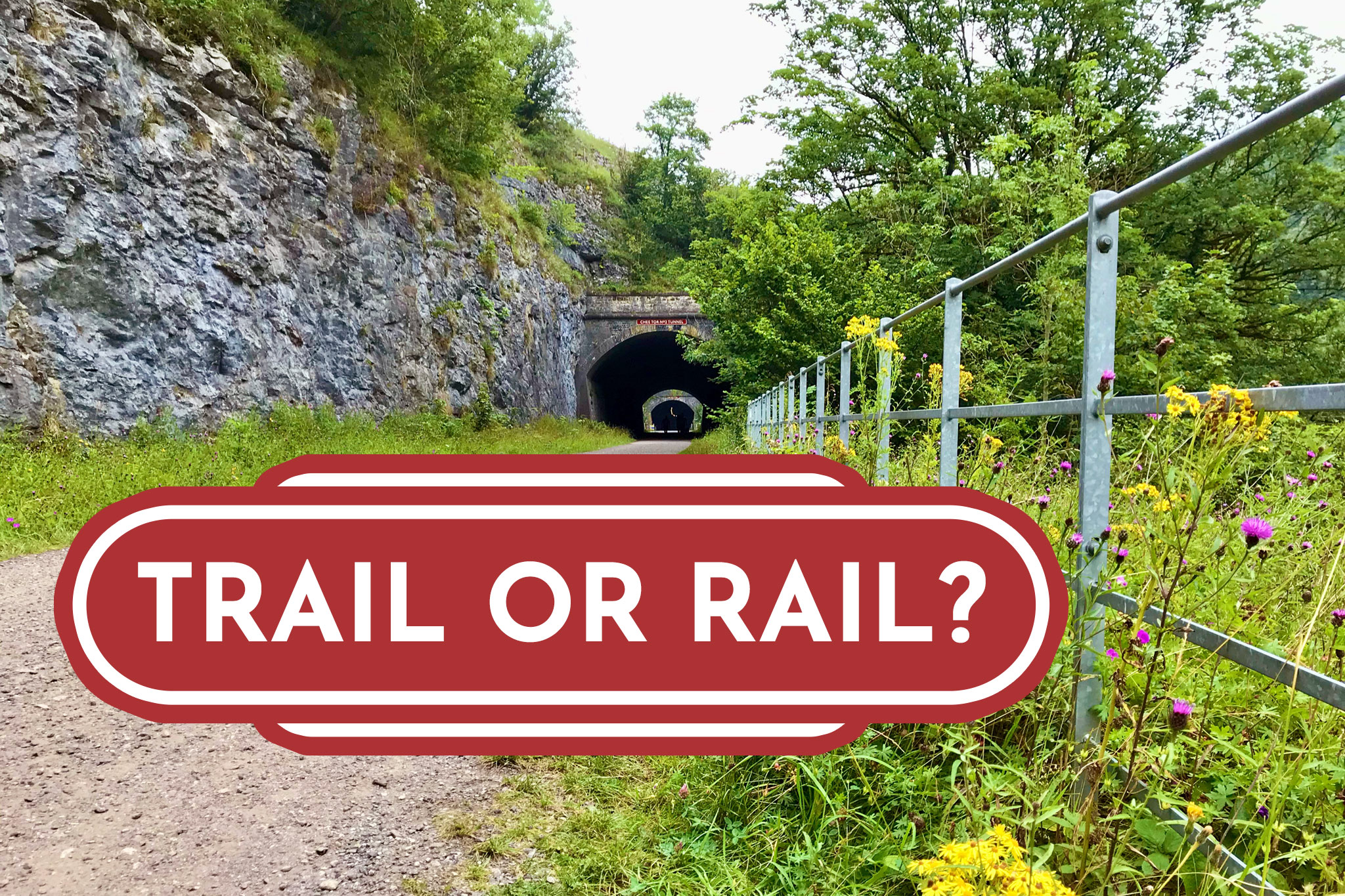
Safeguarding the multi-user Monsal and Longdendale trails purely for recreation, rather than railway reinstatement, is proposed as part of the Peak District National Park Authority’s Local Plan Review. To make the change, and to improve other policies to prevent car-centric development, you need to have your say.
The Local Plan is a set of key policies which help determine the National Park’s decision making on housing, biodiversity, heritage, business, farming, minerals, tourism, transport — loads of stuff.
Put simply, if you love the Peak District this is a really important thing to get right and something which needs a push to be more progressive, and protective, not less.
The current document was implemented way back in 2011 and this welcome refresh is due in 2026.
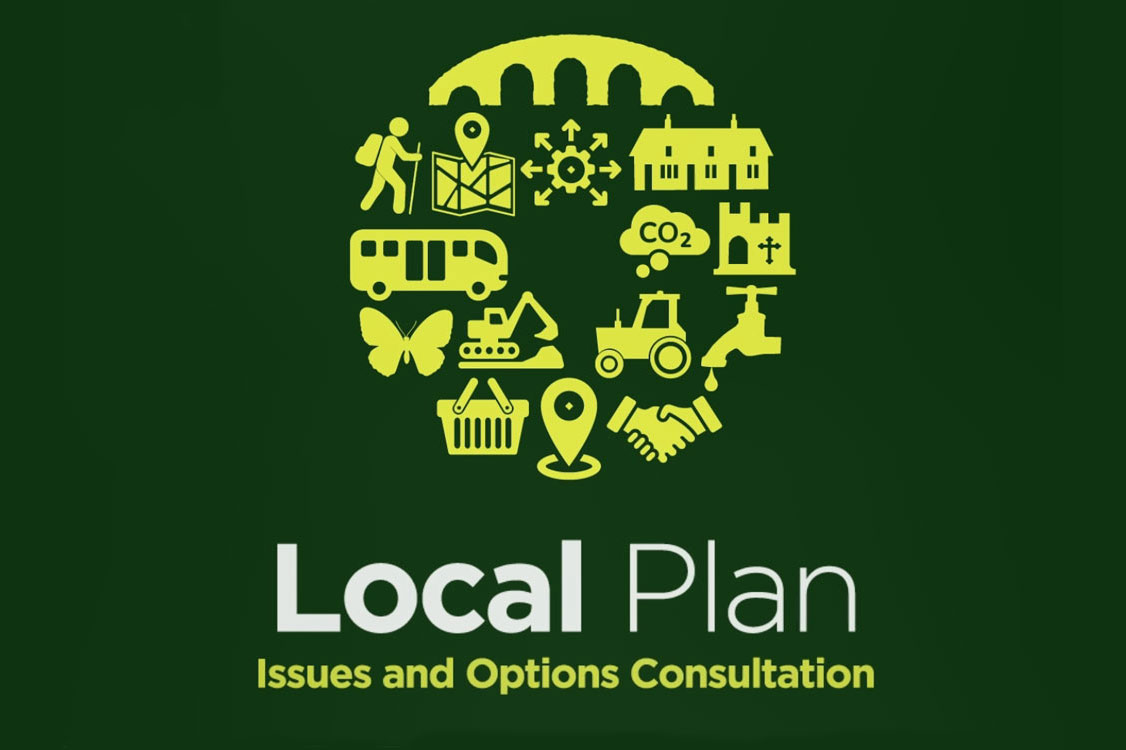
One proposed change could add the Monsal Trail (Millers Dale) and Longdendale Trail (Woodhead) to the list of trails protected “from development that conflicts with their current purpose as recreational routes”. This would be an important win to prevent a railway blasting back through Monsal in particular, an idea which continues to rumble on — despite opposition from the National Park and several official rejections.
Only the Tissington, High Peak and Manifold are explicitly safeguarded as trails, it turns out. For the Monsal and Longdendale, the current wording suggests only their “continuity” should be protected, “by realignment if required” should they be brought back into rail use.
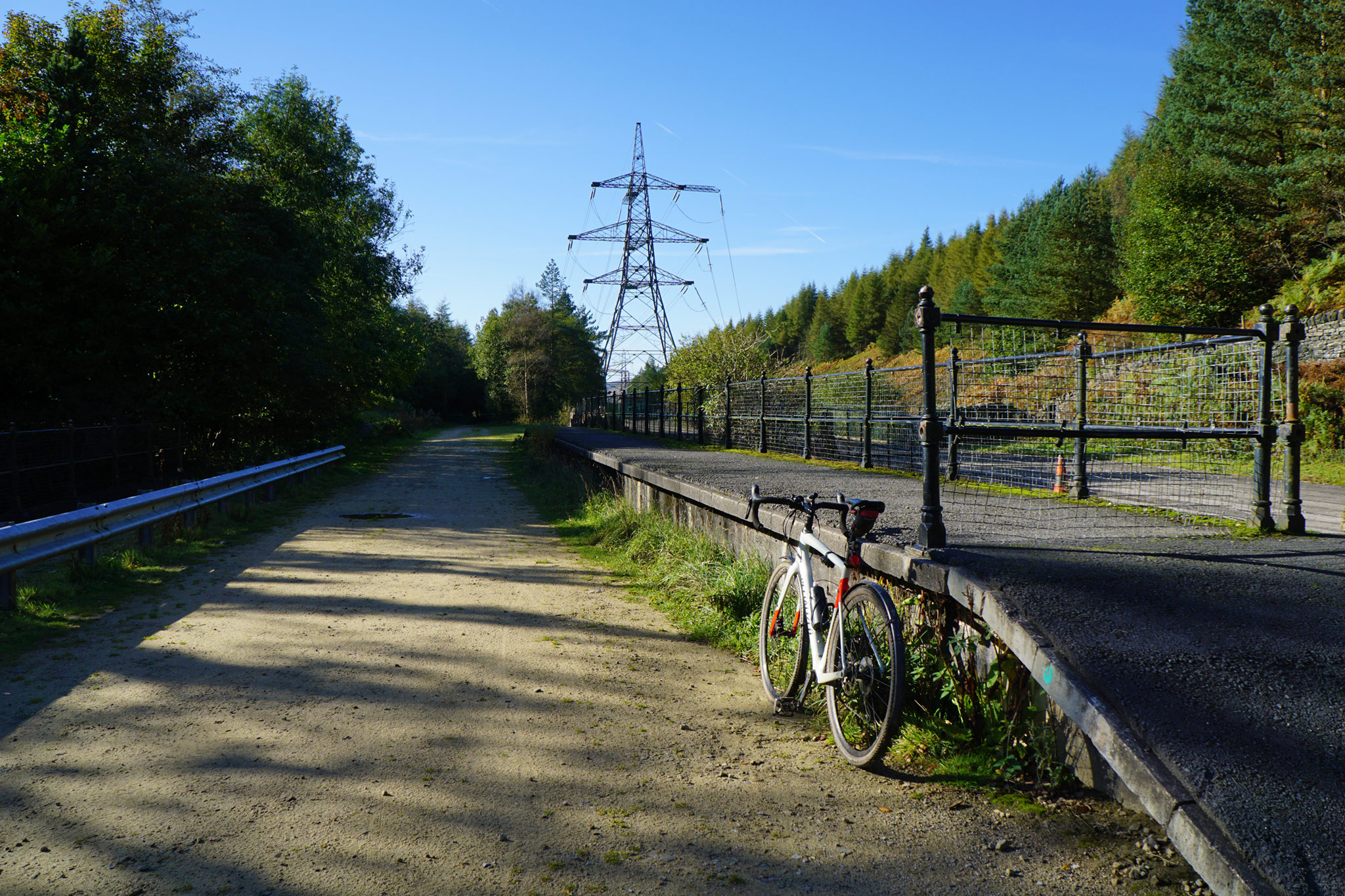
I’m sure many of us can agree the idea of realigning the Monsal Trail (as continually proposed by the rail scheme promoters — who’ve never actually provided a suggested realignment) is unworkable, if not impossible, and would see it lose everything which makes it special.
- Just interested in this one policy? To support the safeguarding of Monsal and Longdendale Trails purely for recreation, see point 12.3, Question 42 of the consultation and submit your comments.
Elsewhere in the options, the National Park could make the decision to prevent any new car parks altogether, only allowing expansion (see more notes on this further down). There are also plenty of positive words on sustainable travel which need endorsing, but also some fleshing-out into defined policy.
The report acknowledges cycling is “a popular leisure activity but not as a means of transport”. So why is there no mention whatsoever of cycle parking and storage, which is woefully lacking across the park’s tourism hotspots and villages, never mind barely considered in new housing development. The National Park should be leading on this, yet they haven’t even identified the desperately missing provision. (They do mention car charging though, of course.)
Last year’s Lyme Park car park saga proved just how important these policy wordings are, as their planning agents wriggled to prove the absurd relocation/expansion somehow met policy requirements. Far from the brand damage caused by national media coverage and over 1,500 signatures opposing the plans, I’m pretty sure the National Park’s existing policies ensured the proposal was dead on arrival. But where there’s wiggle room there’s a way, so be sure to comment wherever you can to strengthen the push against new car-centric schemes like that.
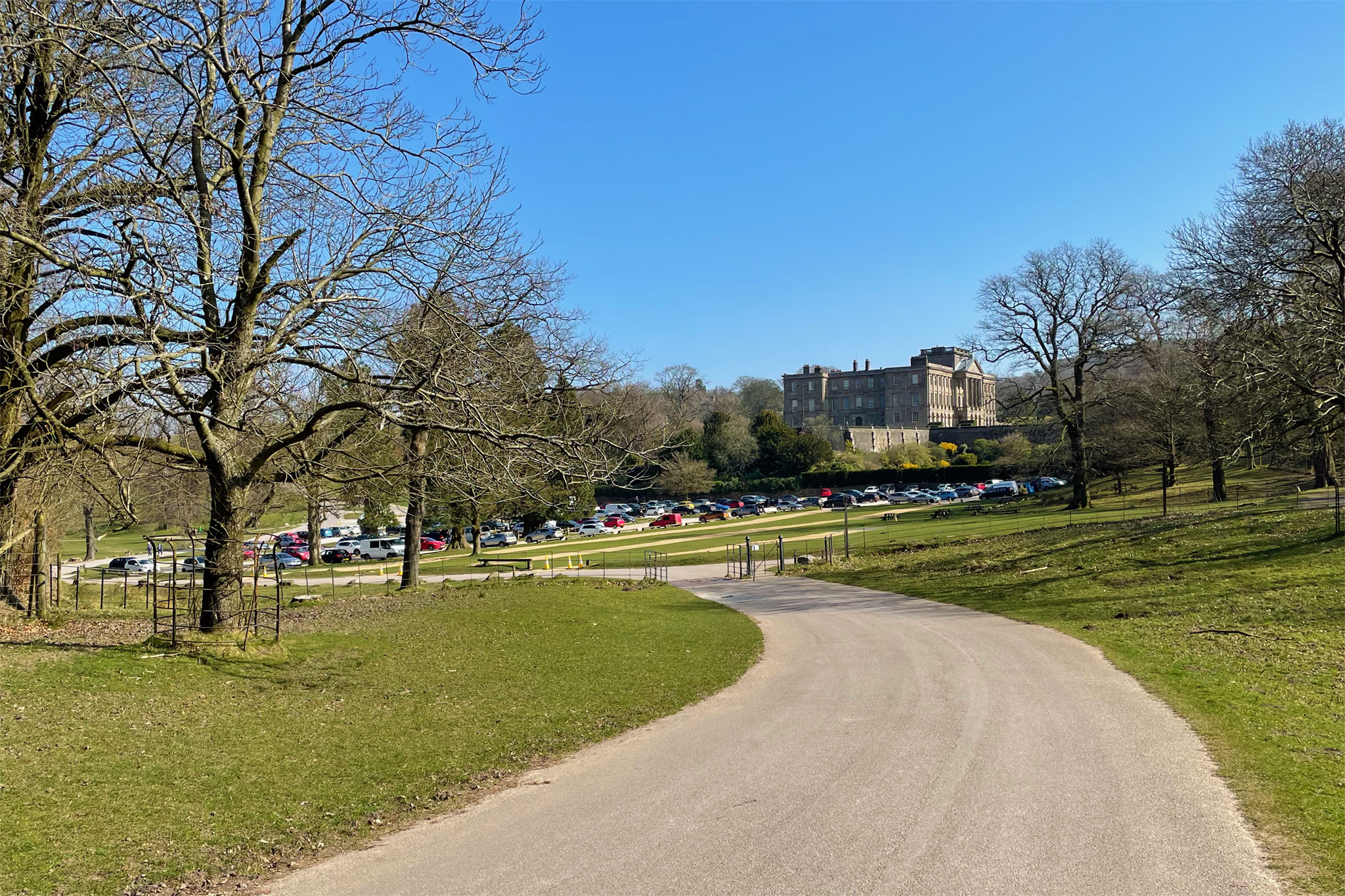
Understandably, there’s an overwhelming amount of information and options to wade through in updating the plan. This isn’t helped by the whole online consultation process being one of the most user-unfriendly setups I’ve ever encountered, so below I’ve picked out a list of key points focusing only on the two T’s: tourism and transport.
First, it’s worth actually downloading the Local Plan Review Issues and Options Report as it’s so much easier to view this way. And maybe you’ll spot something else worth responding on.
Next, head to the comments platform — last day to submit is 29th November. Ideally go through and comment on as much as possible, otherwise look for these specific sections.
(To actually add support and comments, you need to tap the barely distinguishable “Add Comment” which is confusingly at the top of each section, not below the questions. I know, it’s almost as intuitive as cycling into the National Park.)
2.8 Sustainable travel
Current policy has lots of aspirational “encouraging” words but little meat. In some ways this is fair enough because the National Park has limited powers; it can’t control existing roads for example. However, there’s little proposed here so it’s a really important section to give them a direction of travel, excuse the pun.
It’s stated that between 2012 and 2023 traffic flow in the National Park has increased by 16%. So, words aren’t working. Damage is being done. Rather than “encouraging modal shift” is it time to switch to actively “disincentivising visits by private car”? The balance is currently swung way too far towards cars being the easiest, cheapest, most normalised way to access the park. This is wrong. Ultimately National Parks were not set up to spend all their time managing private cars.
Electric charging points are picked out as a key limiting factor while nothing is specified about what might be limiting travel by other means. I’d say transport policy desperately needs specific mention of cycle parking and storage which is a serious limiting factor to enabling sustainable cycle travel into and around the park — for access to the countryside, leisure tourism spending and everyday local residents’ journeys. New cycle parking can be delivered with barely any spacial impact and for minimal cost. Quite unlike car charging points.
Why not an objective to have secure Sheffield-style cycle stands retrospectively installed in every village and town centre, at every Peak District National Park car park, at every key tourist destination (eg Chatsworth). The park should also have a defined policy document stipulating design standards and numbers for cycle parking/storage whenever new development occurs.
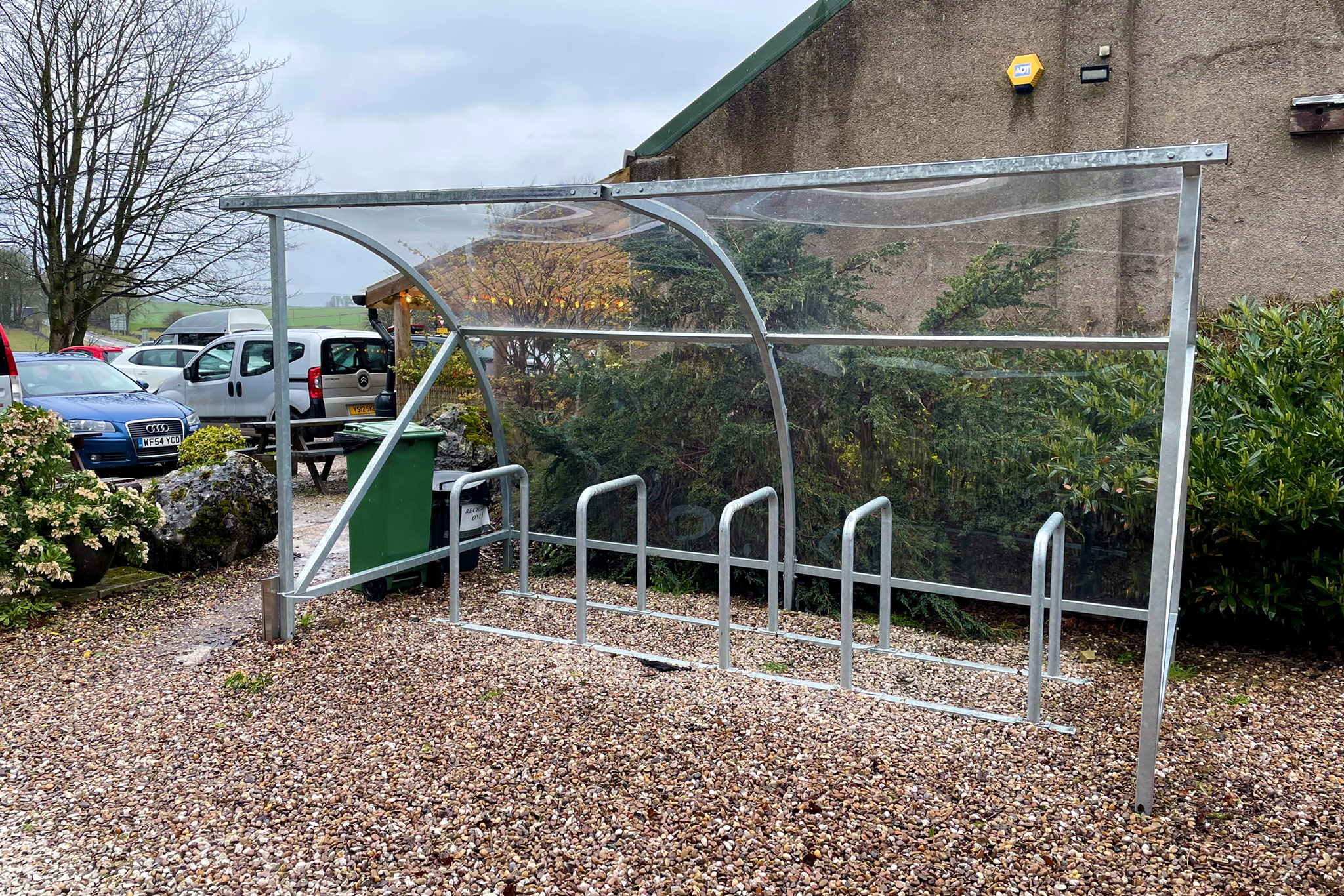
5.3 Avoiding carbon emissions in development
This asks what sustainability measures should be expected for new development.
Again, the park should have a defined policy document stipulating design standards and numbers for cycle parking/storage whenever new development occurs. This should be aiming above any national standards and putting active travel first, making it the most obvious everyday option.
An example would be, in any housing development which includes car parking spaces at the front of the properties, suitable covered and secure cycle storage should be included in an equally accessible location. Likewise development like attractions and cafes — why do all currently seem to come with unsuitable “wheelbender” racks? Why is there no planning enforcement of a minimum design standard, as other authorities do?
6.1 Recreation and Tourism challenges and spatial objectives
This talks of directing any development towards visitor hubs with a focus on sustainable travel. Supporting work maintaining rights of way. Safeguarding the multi-user trails and expanding this network.
6.2 Recreation attractions and hubs
Should key attractions like Lyme and Chatsworth be identified on policy maps and have specific planning policies attached?
The danger with identifying recreation attractions/hubs and especially with developing specific planning policies for them is that they could then seen as somehow above the authority’s other planning policies, especially on car parking. It obviously depends what those policies are. They are still land within a National Park.
My worry would be enabling increased visitor development (and therefore more mass private car travel) because “oh, it’s already a hub”. I could see a benefit if we were talking about linking to these places with new or better bus services or active travel routes, but it’s not clear what they actually want to achieve with this.
8 Shops, services and community facilities
Issue 33 proposes to “support businesses and the provision and retention of community services and facilities in locations that support thriving and sustainable communities, reduce the need to travel and enable travel by sustainable means (low carbon, public transport and active travel.)”
This should be supported, as having shops and facilities locally is the best way to reduce the need for a car in your daily life. Again “secure cycle parking/storage at the point of destination” should be mentioned as it’s so specific to actually being able to use one of these places — “enable active travel” is too vague in this case. Say what needs to be done. (Ironically the photo used here is Chatsworth Farm Shop, which only had a few wheelbenders hidden around the back last time I was there.)
I like the mention of expanding the multi-user trails, but I’d love some kind of mention of working with neighbouring authorities to create cross-boundary access routes into the park. For me this is the key problem with the Peak District for active travel at present. The trails inside the park are good, but even if you live very close to the boundary, it can more difficult than it needs to be to get inside. Also important when the trails themselves are actually creating car traffic at present.
12.1 Travel and Transport challenges and spatial objectives
Issue 40 proposes a load of good lines to support.
“At recreation attractions and hubs, to work with highway authorities, landowners and residents to facilitate the delivery of comprehensive travel and transport solutions so that traffic, and the consequent impact on Special Qualities, is reduced.” This sounds positive, but what is meant by “traffic”? A new, bigger car park could reduce “traffic” while also inducing more “traffic”. This needs to state something like “vehicle traffic numbers” or “volume of vehicle traffic”.
12.2 Visitor parking
This one has options. Option 1 is retain current policy, of only allowing new or enlarged car parks if there is “demonstrable need, delivering local benefit”. Option 2 is more restrictive, only allowing expansion and no new car parks. Option 3 would add delivering “wider environmental benefit” to the current wording and so is arguably complete madness; allowing wiggle room for almost anything.
Selecting Option 2 would be the bold move necessary for the park to accept that the benefits of private car access to the National Park do not outweigh the negatives, and that the intrusion of car parking in particular on the landscape is wholly negative.
Allowing existing car parks to be expanded would still be a major point of concern as far as disincentivising private car travel into the park goes, so the stipulation of “demonstrable need” really needs to be tightened up and better-defined. Perhaps defined limitations on the increase in size, a need to provide new options for sustainable travel alongside, using only brownfield land and/or even a requirement to charge users, if an authority could stipulate such a thing (imagine a quid from each car then having to go into a funding pot for the National Park).
Or maybe we just want Option 4: stop building for cars.
12.3 Safeguarding and protecting multi-user trails on former railway routes
Should Monsal Trail and Longdendale Trail be protected for recreational use?
It’s a big question, actually, especially as someone who loves rail travel and heritage rail as much as cycling. But in the case of Monsal Trail in particular — the core section between Blackwell Mill and Bakewell — I feel it’s essential to put the idea of reopening as a railway to bed once and for all. Making Bakewell a railhead inside the park by extending the line from Matlock could be a sensible idea, though, and could perhaps be noted.
Longdendale Trail is a very different case. It was madness to ever close that line, a modern electric mainline across the Peak, as late as the early 1980s. The trail and a re-opened mainline could probably coexist quite happily given the wider, more open nature of the valley.
The notes actually say “it is highly unlikely that we would support future rail use on either of these routes because it is major development and contrary to national park purposes”. So, even I’m wrong there, and Option 2 — to protect them both “from development that conflicts with their current purpose as recreational routes” makes the National Park’s stance clear.
These routes have proven themselves in allowing sustainable access to large areas of the countryside. No train ticket is required, turn up and go. Views are 360-degrees at all times.
Having some certainty over the future of Monsal Trail in particular may even help with the aim of connecting it properly to Buxton and Matlock at either end, reducing access by car and making it a genuine active travel route. Derbyshire County Council are currently working on the plans and will need this certainty to access funding. I imagine it would be welcome for the many businesses which actually rely on the trail, too.
12.4 Road building schemes
The National Park has attempted to resist many road building proposals where cross-park travel would be induced. Now it asks “Do you think new policy should support road-building schemes where the primary purpose is local capacity enhancement?” (With “local capacity enhancement” defined, unhelpfully, “on a case-by-case basis.”)
Generally, I’m obviously inclined to think not. Build or expand roads, get more cars. Enhancing capacity only causes a strain on capacity elsewhere. Of course there could be examples where a new bypass might greatly improve the daily lives (and active travel options) in a town or village. But it might also just mean more cars.
There, that’s a few thoughts! But I’m sure there are loads more which could be added to support the causes of protecting the park and enabling better means of travel. Thanks for whatever you can add and congratulations on making it this far through a very boring but important blog post. Your reward may well be a National Park looking forward — and beyond the car.
